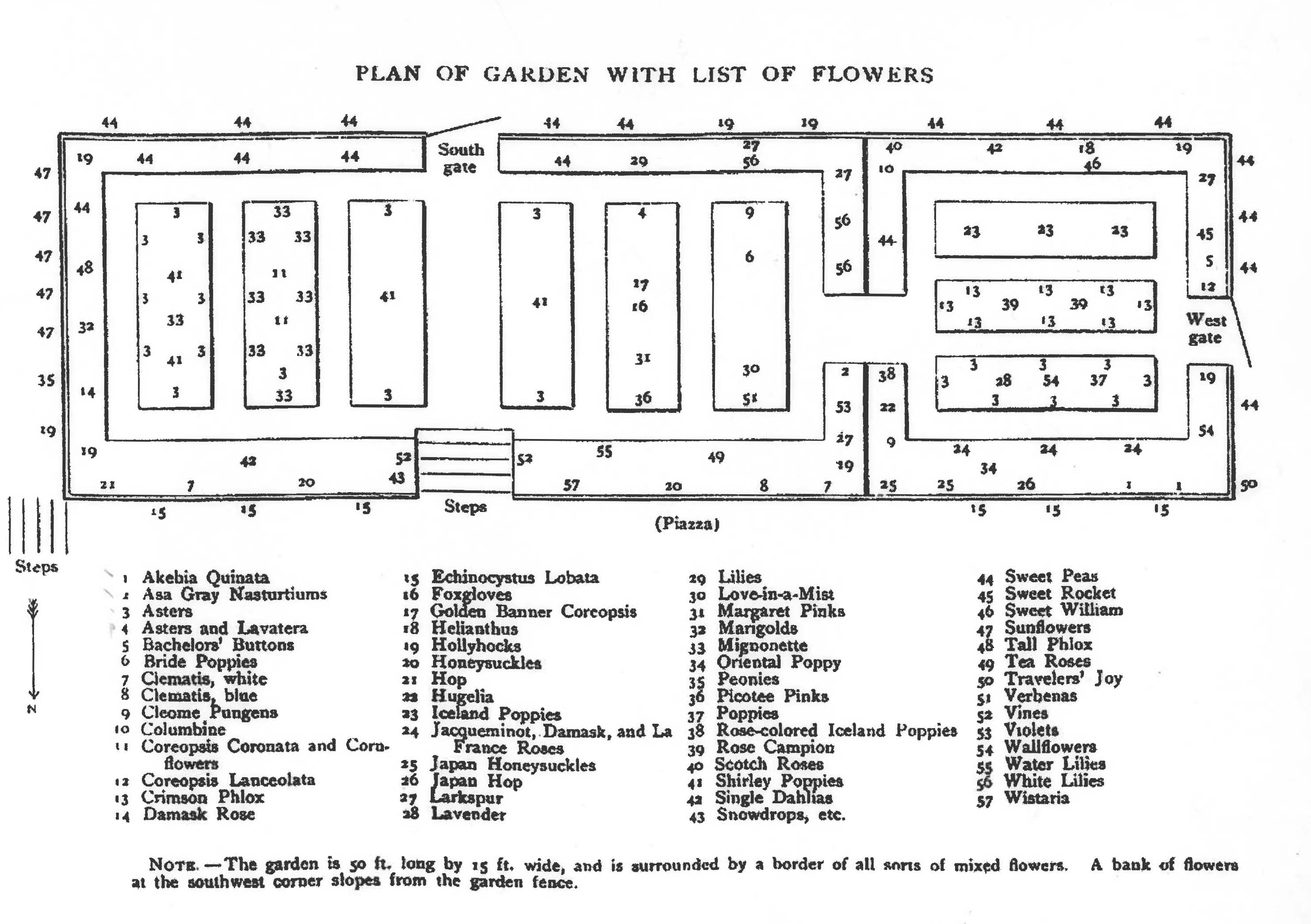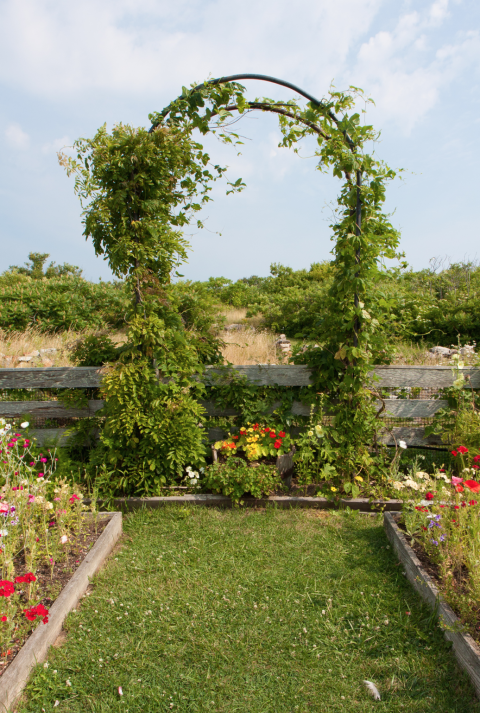
The poet Celia Laighton Thaxter (1835-1894) grew up on the Isles of Shoals. Her father built a large hotel on Appledore Island that became a gathering place for literary and artistic greats of New England during the late 19th century. Celia's garden exists today much as it did more than a century ago, when writers like Ralph Waldo Emerson, Nathaniel Hawthorne, and Sarah Orne Jewett, and artists William Morris Hunt and Childe Hassam drew inspiration from their visits to her Appledore home.
Her flowers served as a cutting garden for the family's resort hotel and muse for her acclaimed book, An Island Garden. Today the staff and students at the Shoals Marine Laboratory tend to the reconstructed garden, remaining true to the historical descriptions and methods detailed in Celia's book. Island visitors are invited to step inside the garden gate and experience the simple beauty that first graced these rock shores more than a hundred years ago
Celia Thaxter's Garden Tours
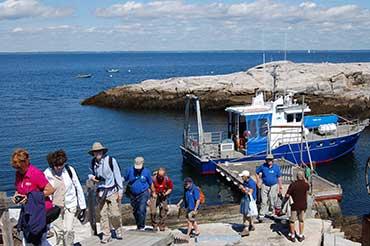
Today, hundreds of summer visitors flock to the island to walk in Celia's garden, explore the shores that once drew early fishermen, and visit the Shoals Marine Laboratory. Come witness its history.
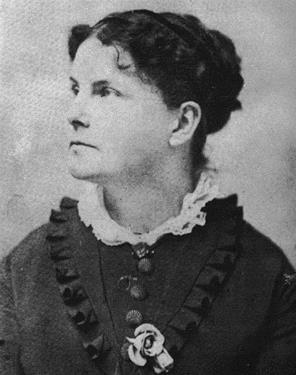
Celia Laighton Thaxter (1835-1894) was born in Portsmouth, NH, and when she was four her father became the lighthouse keeper on White Island, Isles of Shoals, NH. Eight years later he resigned his keepers job and built a large hotel on Appledore Island, ME. This would become one of the first resort hotels to be built on the New England coast, and a gathering place for the literary and artistic greats of New England in the latter half of the 19th century, such as Nathaniel Hawthorne, Harriet Beecher Stowe, Henry David Thoreau, and most significantly, Childe Hassam.
At age 16, Celia married Levi Thaxter, her father's early Appledore House Hotel business partner, and later her tutor. After ten years of marriage and three sons, Levi's poor health forced them to live most of their marriage apart. Celia returned to the islands to care for her mother and assume her hostess duties at the hotel. The considerable fame she received for her poetry and prose never did diminish her love of nature and her garden.
In the last year of her life, Celia published her most famous book An Island Garden. In it she describes her garden and its flowers in detail. She refers to it as a cutting garden of old fashioned flowers. Her arrangements, done in many small bottles and vases, filled her living room and decorated the hotel. The plants in her garden were not arranged in any color scheme at all, but merely by height. Because the garden is only open from the end of June through August, the spring flowers represented in Celia's 1893 plan are not represented in the garden today. Also, many of the vines that shaded her piazza cannot be grown for there is no porch to support them: Celia's cottage burned along with the Appledore House Hotel in 1914. As is the case for many Appledore's old cottages, Celia's cottage foundation remains. Visitors, however still enjoy the exuberant color that captivated hotel guests and American Impressionist artist, Childe Hassam, over a century ago.
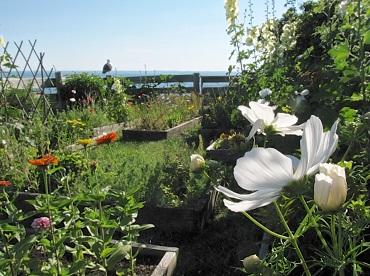
The garden was reconstructed in 1977 by Dr. John M. Kingsbury, the founder and first director of the Shoals Marine Laboratory. The garden is just where it was during Celia's lifetime and the raised beds and flowers follow her plan. Some of her original plants are still in the garden: the snowdrops, the hops vine and day lilies. The other plants for the garden are raised annually in the greenhouses of the Thompson School of Applied Science at the University of New Hampshire.
Celia's book, An Island Garden has been reprinted by Dr. Kingsbury. This special reprint of the 1894 first edition contains all of Childe Hassam's original color lithographs, a description of the 1977 reconstruction project, and a valuable index. During the summer months this book is available for sale in the Shoals Marine Laboratory's book store in Kiggins Commons (see Bullbrier Press to purchase An Island Garden during spring, fall, winter months). Also look for Dr. Kingsbury's book, Here's How We'll Do it! An Informal History of the Construction of the Shoals Marine Laboratory, which contains additional information about the garden's reconstruction, as well as an overview of the teamwork that prevails, to this day, for the continued functioning of the Shoals Marine Laboratory. For further reading about Celia Thaxter's life, "The Role of Celia Thaxter in American Literary History: an Overview" contains an excellent biographical summary, as well as an analysis of the impact her life as a woman in the nineteenth century had on her writing.
Here's a sample list of flowers in Celia's Garden
| A-L | M-Z |
|---|---|
|
|
